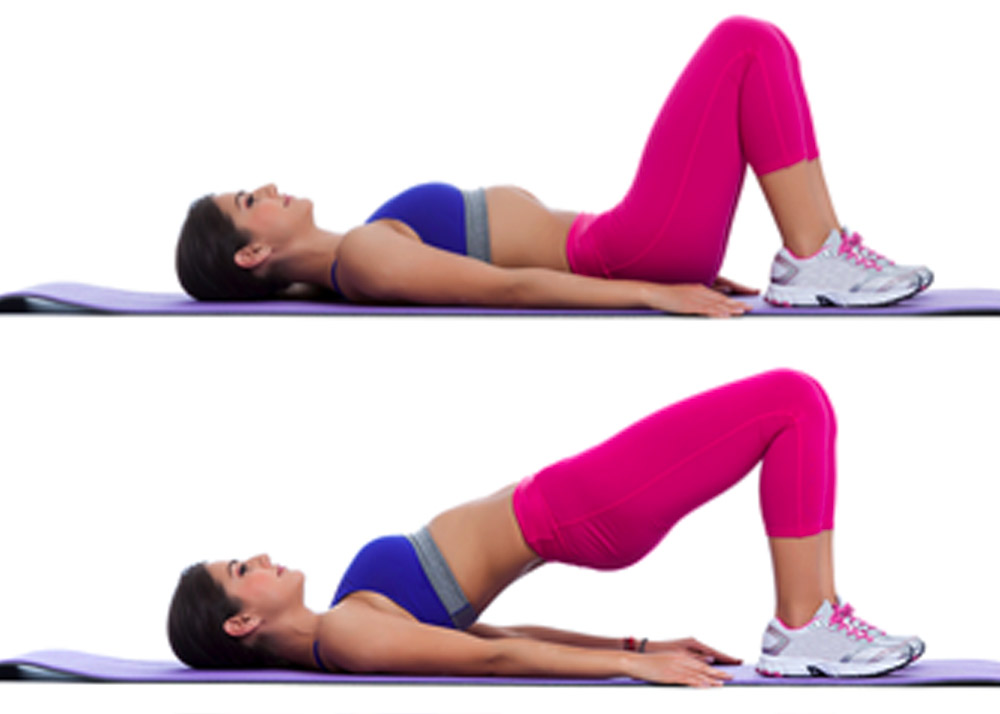The Hip Bridge, also known as the Glute Bridge or Supine Hip Raise, is an easy yet effective exercise suitable for all ages and fitness levels. I’m here to give you a quick rundown on this wonderful exercise, why you should be doing it daily and some pointers on technique.
Firstly let’s take a look at what muscles are being used in this movement.
This exercise mainly targets the gluteus maximus (butt) with some help from the quadriceps (thighs) and the hamstrings (back of your legs). The erector spinae is also active for back stability.
The exercise is performed in a laying position with knees flexed and feet flat on the ground. Secondly, after engaging the glute and the pelvic floor muscles, the hips are pressed upwards until the hip joint reaches 180 degrees. This bridged position is held for a few seconds ensuring strong activation of both the glutes and deep core stabilisers. After a few seconds, still with the glutes and deep core very active, the hips are returned to the ground in a slow and controlled manner.
This is a compound exercise that targets multiple large muscle groups. This means you get great bang for your buck in terms of its benefit to lean muscle development and muscular strength. The muscles that are being worked during this exercise are the same ones used in everyday activities like walking, jogging, traversing stairs and sitting/standing. The beauty of this movement though is it is very low impact and very low load, meaning the stress on the hip, lumbar spine and knees is minimal. This allows people with pathologies in these areas, who find performing traditional lower limb exercises such as squats, lunges or deadlifts, to exercise these big muscles with a decreased risk of flare ups.
But before you hit the floor and begin I want to point out a few common errors I often see people doing and some technical cues to watch for.
- Over-arching the lower back (aka Excessive Anterior Tilt). Ensure that the pelvis is in neutral before the hips come off the ground.
- Pushing through toes rather than heels. This causes a backwards movement not the desired upwards movement. It also excessively flexes the neck (causing a chin-to-chest position). Make sure the drive comes from the heels and hips.
- Knees collapsing (Knee Valgus). This results in extra pressure being placed through the knee joint. Make sure to keep knees hip width apart.








